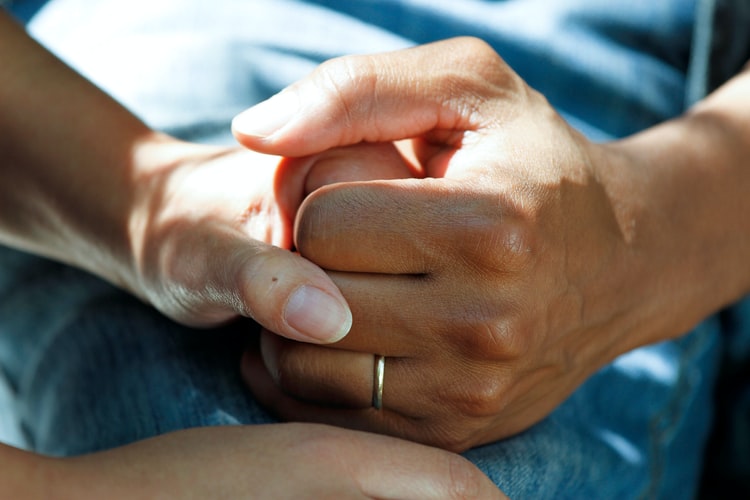Cancer Therapy At Home: What You Need To Know
Cancer accounts for around 10 million deaths every year. It’s one of the leading causes of death worldwide. While this is an alarming fact, the possibility of treating this disease, or at least, extending the years of survival of cancer patients, has improved. This can be attributed to the medical advancements in early detection and various treatments for patients.
Some cancer patients choose to go to the hospitals and receive the selected treatment. Others opt for at-home cancer therapies. If you’re a cancer patient who prefers to have cancer therapy at home, here’s an article that tells you what you need to know about at-home cancer therapy:
Potential Benefits
Can you do chemo at home? The answer is yes. However, you may need to know more about the situation concerning this subject to guide you.
1. Support
Families and friends are present at home to support the cancer patients. Because of this, patients have the confidence and the drive that help them to take the treatment positively.
2. Better Social And Psychological Environment
In addition, the patients experience less anxiety as there are fewer changes in their daily routines compared to if they were hospitalized. Also, the presence of their loved ones helps the patients throughout the sessions.
3. Lower Medical Costs
Since the patients stay primarily in their houses, they don’t spend much on hospital bills. In this way, they’re able to save more money.
Potential Risks

The main risk for at-home treatment is the lack of immediate medical assistance. Since patients undergo cancer therapy away from the hospital, their doctors only have limited scheduled visits. Because of this, the patients may not have focused and full-time medical attention. They would be required to wait for a considerable time before the appropriate medical response comes. This is life-threatening if there was an emergency.
a. Cancer Treatment Management At Home
Cancer treatment is a delicate matter. Patients and their families must consider a lot of things before they can provide what’s best for those who have cancer. If you’re a patient who is considering at-home therapy, you may first look into the following before giving your final decision:
- Cancer type: Some forms of cancer are aggressive and may require highly specialized hospital treatment. However, with the advancement in cancer studies, at-home treatment has become possible. Among the various forms of cancer, lung, colon, and breast could receive treatment at home. So are blood cancers such as lymphoma, leukemia, and myeloma.
- Distance from your house to the nearest hospital: The hospital is your first option to get immediate medical attention. If you want to refrain from excessive walking and travel, at-home therapy can make you more comfortable.
- Other medical conditions: Medications for other diseases can be added for the patient’s benefit.
- Age and general health condition: At-home cancer therapies could be tailored to the patients’ age and health condition.
b. Role Of The Family
The patient’s family will play a crucial role in the cancer therapies at home. They’ll need to assist the cancer team and doctors in ways such as running errands or preparing meals. If you or a loved one plans to receive at-home therapy, you may consider talking with your family members about the following tasks that will help with at-home medication:
- Your family needs to maintain a copy of the contact information of your hospital, doctors, and cancer care team.
- They should help in organizing, storing, and administering medications.
- They must be willing to provide basic care activities.
Possible Cancer Therapy Options At Home

The cancer treatments at home are in various forms. Each has its strengths. Most of them can address the particular needs of the patient if chosen appropriately. Here are the options:
1. Oral Intake
This includes capsules, pills, liquids, and tablets that the patient can take orally. These forms of medication may be the easiest among the options, as long as the patient has no oral intake issues, such as difficulty swallowing.
2. Intravenous Treatment
Most cancer therapies use intravenous (IV) treatment. In this process, the IV infusion takes about 30 minutes or more. In some cases, the infusion takes more than a couple of days, especially if the patient receives this kind of treatment for the first time.
The assigned nurses may administer other drugs for other medical conditions, such as inflammatory bowel diseases, sclerosis, and arthritis. Apart from these, the mobile team can provide other medical supplies at the patients’ request or their families.
Types Of Treatment
In at-home cancer treatment, you can consider seeking the services of mobile cancer therapy providers as they have the skills, resources, and experience in handling this situation. To know more about what they can do for you, here’s a shortlist that you can assess and choose from:
1. Primary Treatment
For at-home cancer therapies, the nurses administer drugs to remove the cancer cells from the patient’s body. In some cases, at-home therapies include a recovery program that addresses the needs of patients who have been into surgeries, radiation, and chemotherapy.
2. Adjuvant Treatment
Adjuvant treatment is the second stage of cancer therapy. It focuses on the remaining cancer cells. At-home adjuvant treatment continues the process of removing the cancer cells through various methods, such as IV infusion. The standard adjuvant therapies include chemo-, radiation, or hormone therapies.
3. Palliative Treatment
Palliative treatment aims to relieve the adverse effects of major cancer treatments. This provides pain and symptom control. In this treatment, the family members play a bigger role in supporting the patient and improving their quality of life.
Final Thoughts
Cancer therapy at your home can ease the situation of your patient. It can provide what hospitals can offer but with fewer expenses. It can mitigate the patient’s discomfort given the more familiar surroundings of their home.
Whether they need an IV infusion or chemotherapy, they can receive it at home, thanks to hospitalization alternatives like mobile cancer treatments. This option employs skilled nurses, appropriate experience, and timely medications to address the patient’s medical needs.
If you’re a cancer patient who wants a more comfortable option for your chemotherapy and other medical needs, you may want to try at-home cancer therapy. Think about what you’ve read in this article–the points to consider and assess–before deciding whether you’ll receive treatment at the hospital or at home. And seek your doctor’s advice so you can weigh the pros and cons before taking your treatment in the latter.
Read Also:



